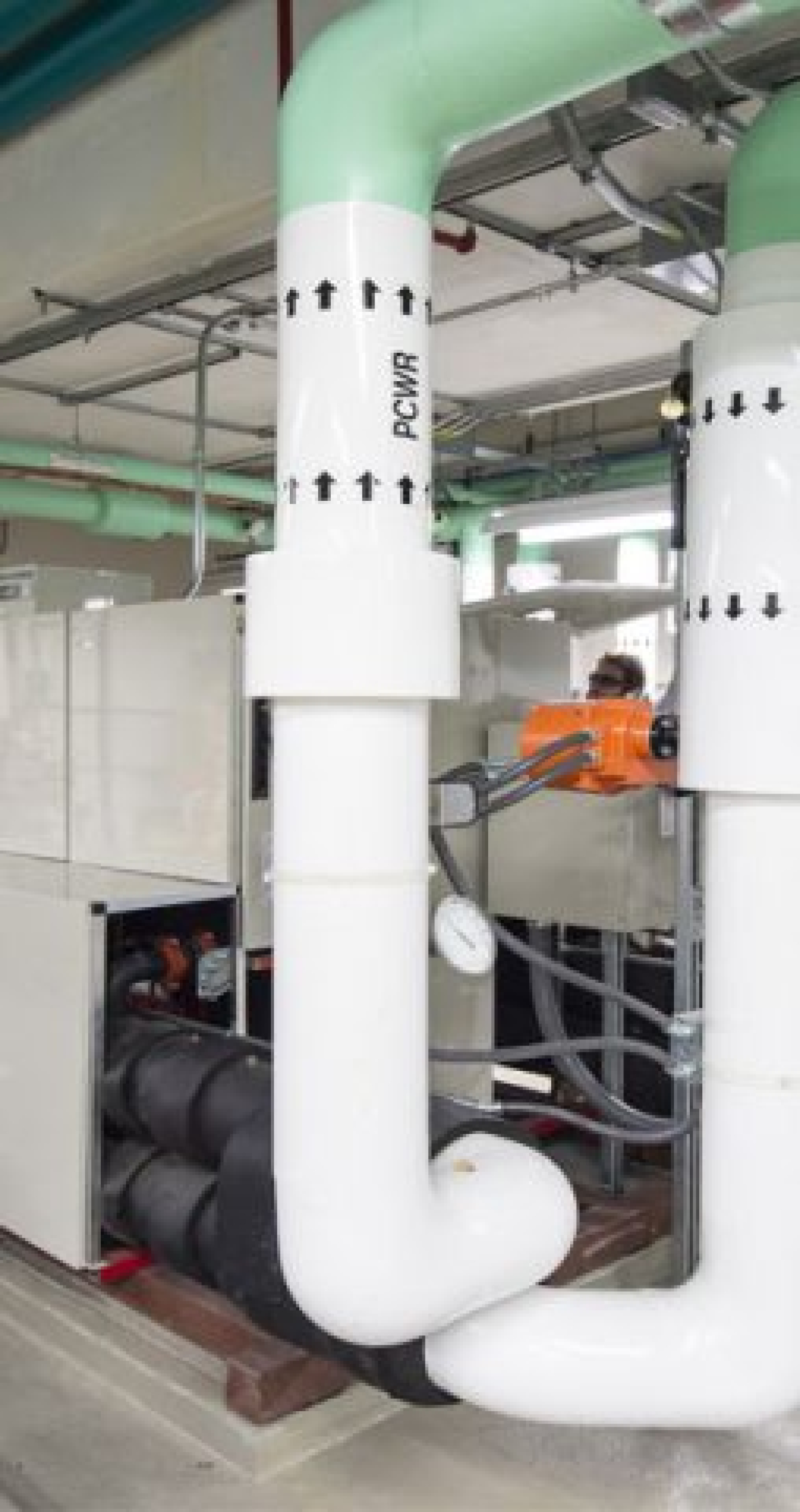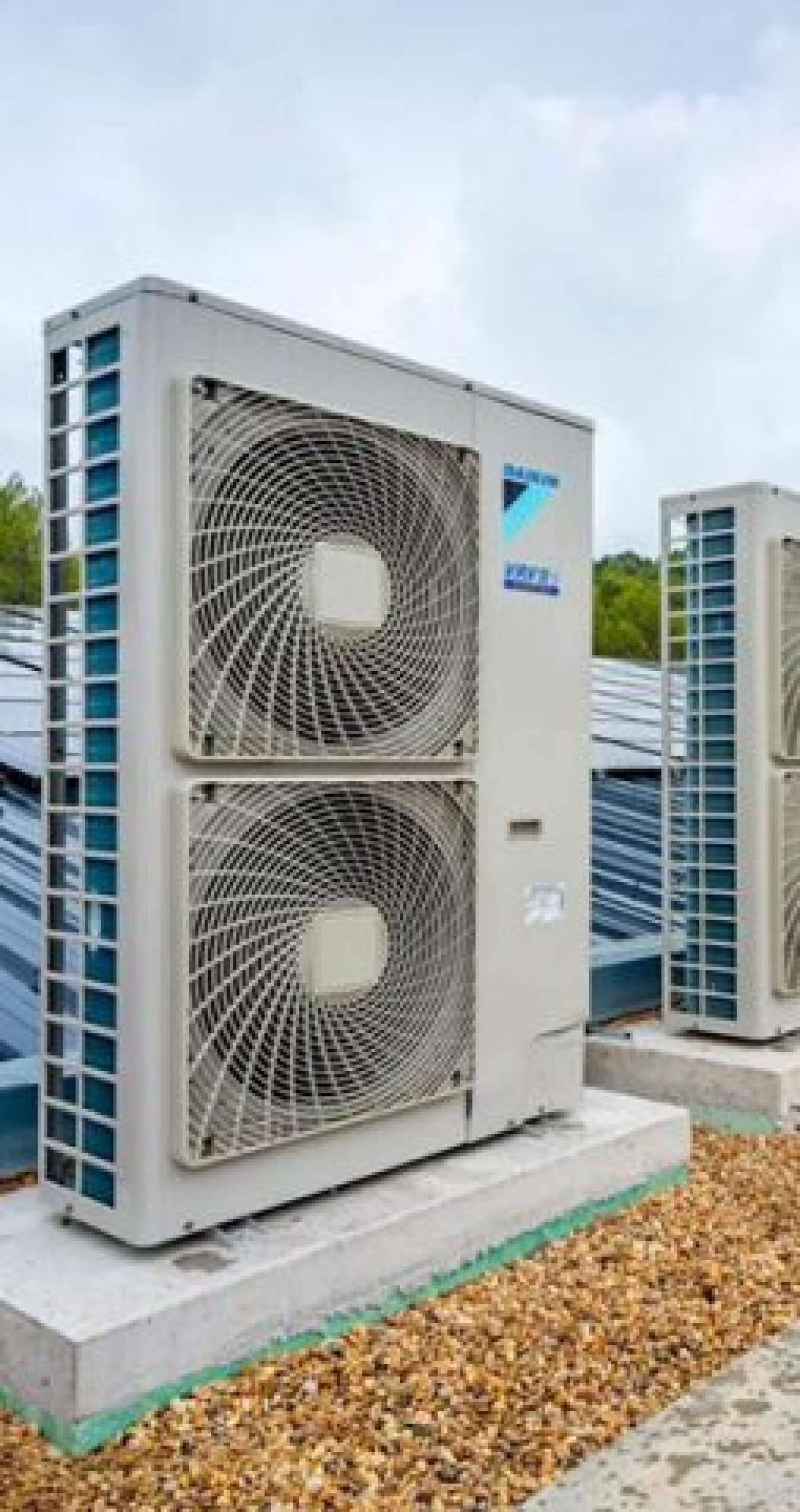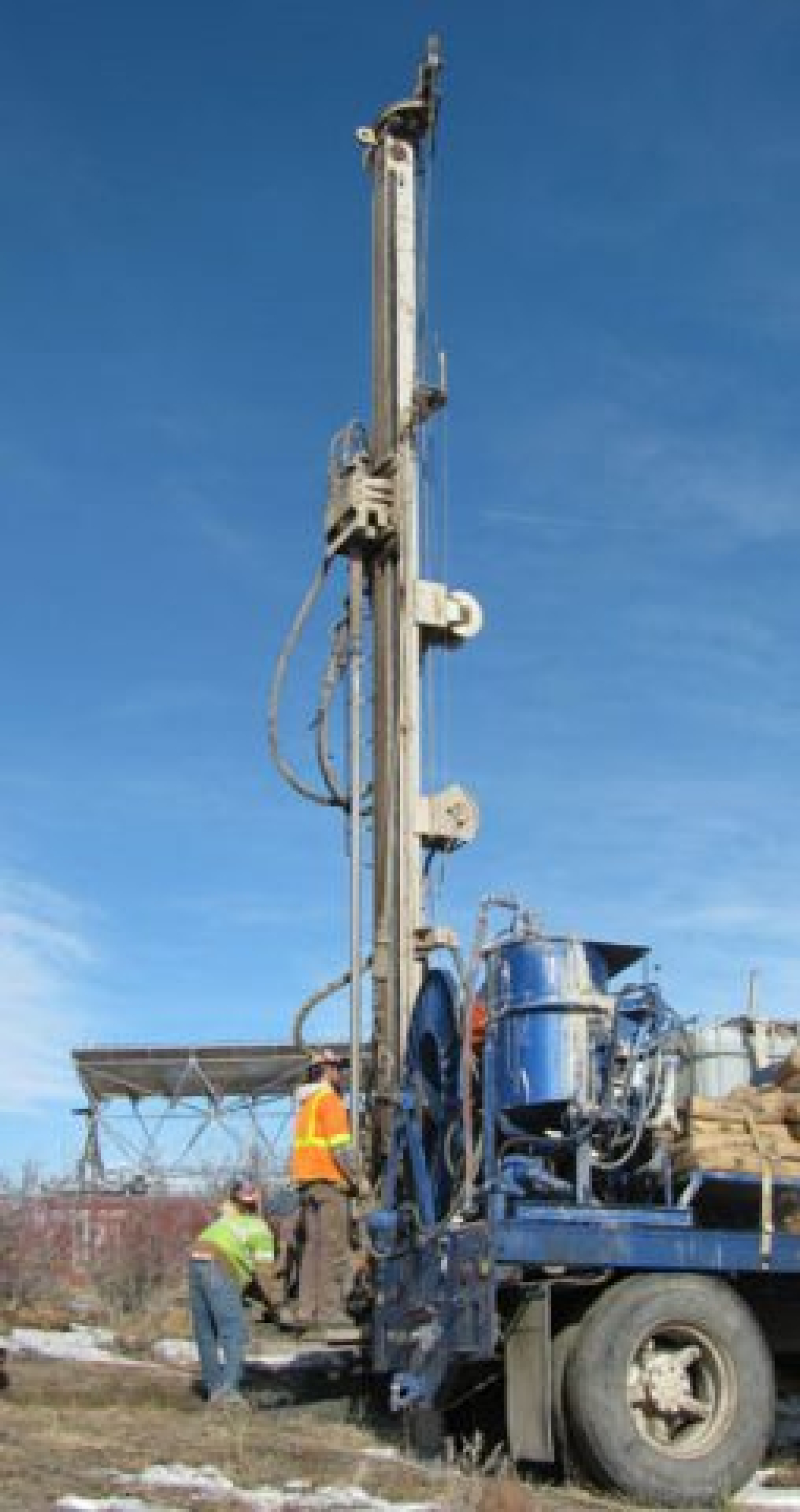The design challenge of a zero energy HVAC system is maximizing energy efficiency. The lower the operating energy use intensity (EUI) of the building, the less renewable energy is required to achieve zero energy, which reduces cost. Therefore, strategies must be developed to address energy consumption with respect to cooling generation, heating generation, air distribution fan HP, water recirculation HP, and outside air conditioning.
To successfully meet this challenge requires a collaborative effort from the design, owner, and construction teams. The thermal envelope, lighting, kitchen, and other plug loads must be optimized to reduce energy consumption. Zero energy projects have lower peak cooling and heating demands. This allows the HVAC design engineer to downsize HVAC equipment to meet the cooling and heating requirements of the high-performance building design. The optimized design should be reflected in several benchmarks; less cooling tons per square foot to cool the building, less Btu per square foot to heat the building, and lower fan and pump watts per square foot to distribute energy. Actively benchmarking these helps raise awareness of a successful high-performance design. Sizing the HVAC system for the actual building load requirements will reduce the cost of the HVAC system.
Zero energy designs are focused on actual energy usage. When the owner is actively engaged in the design process, the designer can better communicate the intended use of the building.
The HVAC system should be designed to keep all air-handling equipment and terminal units within the thermal envelope, an attribute of successful zero energy projects that reduces energy usage and helps maintain long-term performance.
With that in mind, multiple types of HVAC system may be suitable, including those at right.
Regardless of the type of system chosen, a dedicated outdoor air system (DOAS) is recommended to maximize efficiency, comfort, and indoor air quality.




